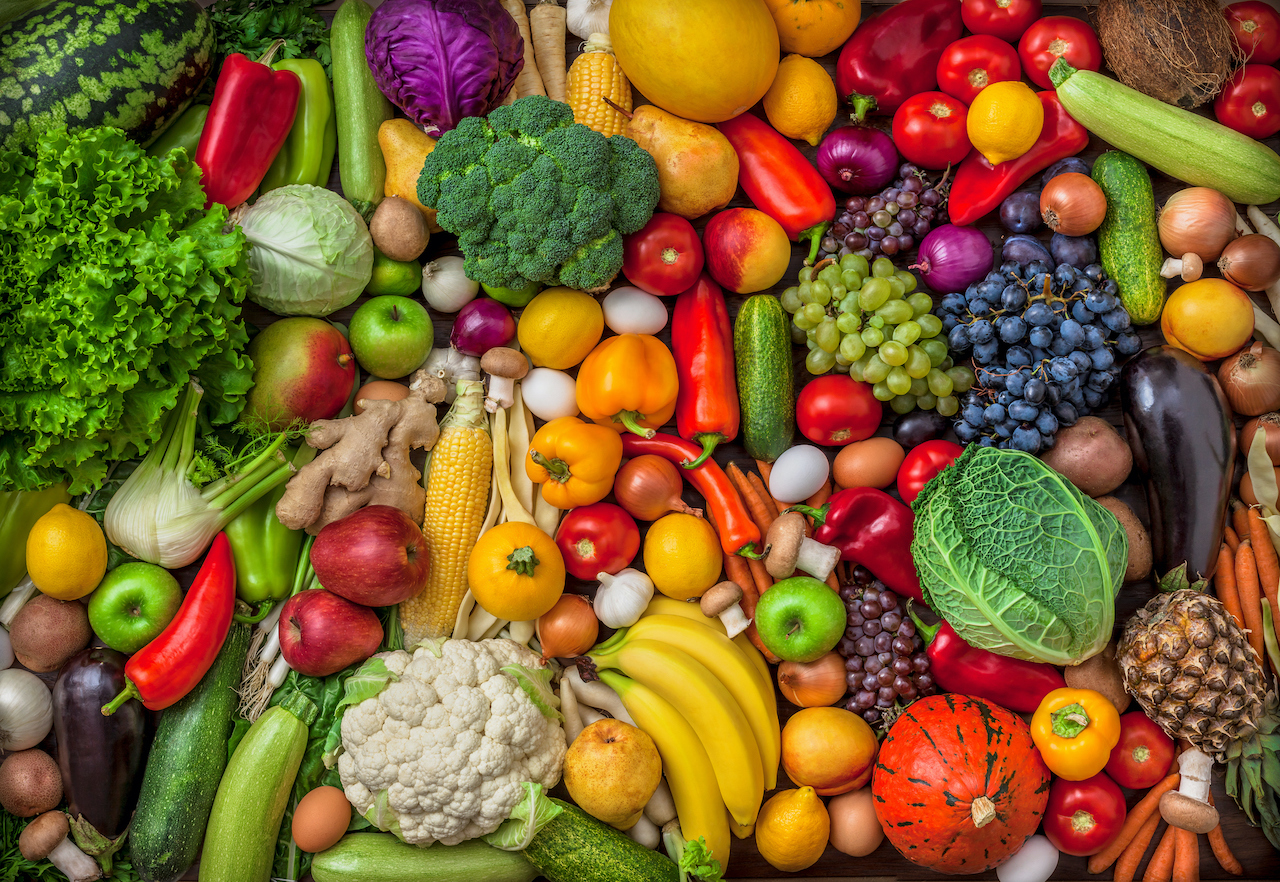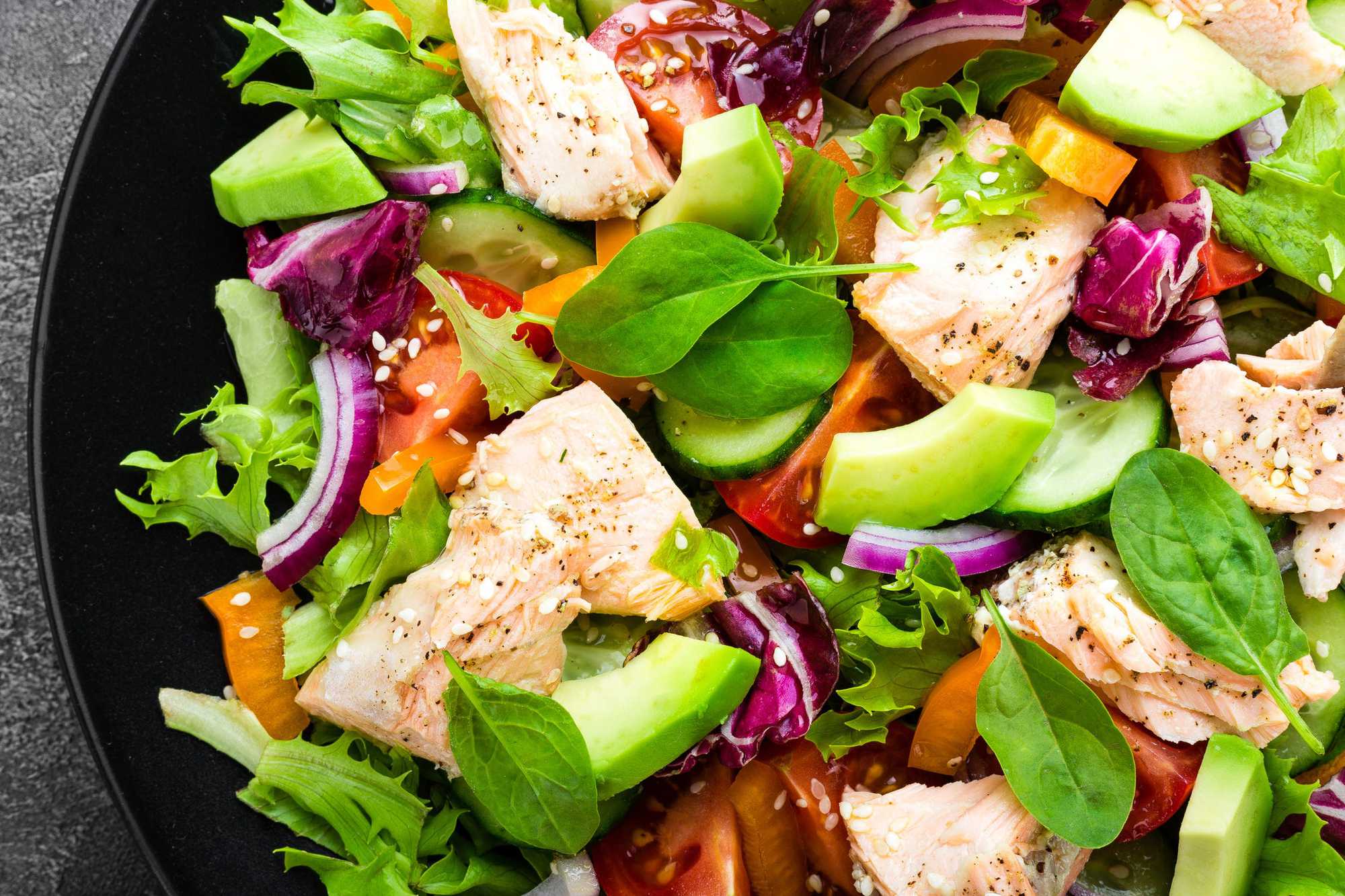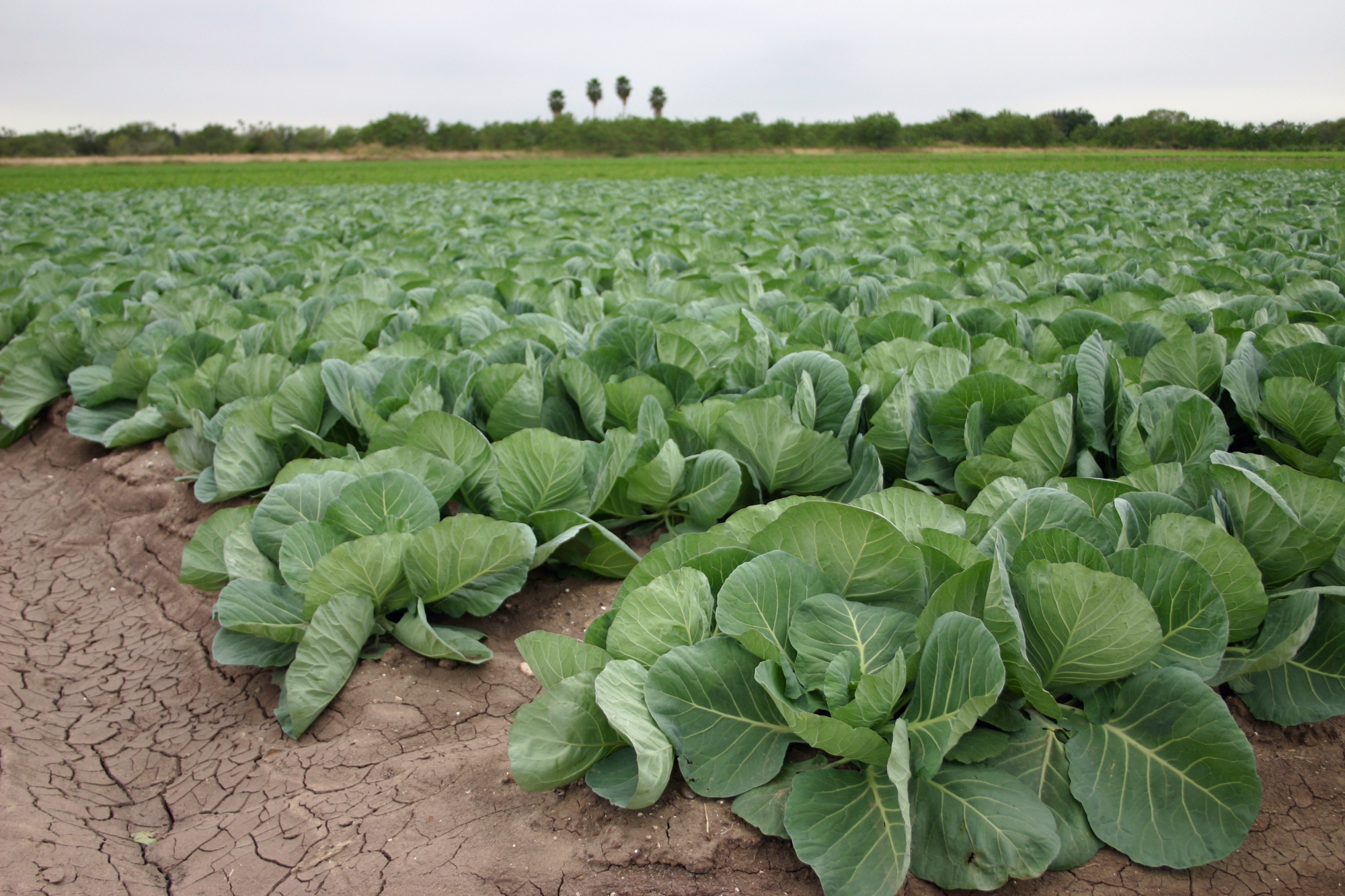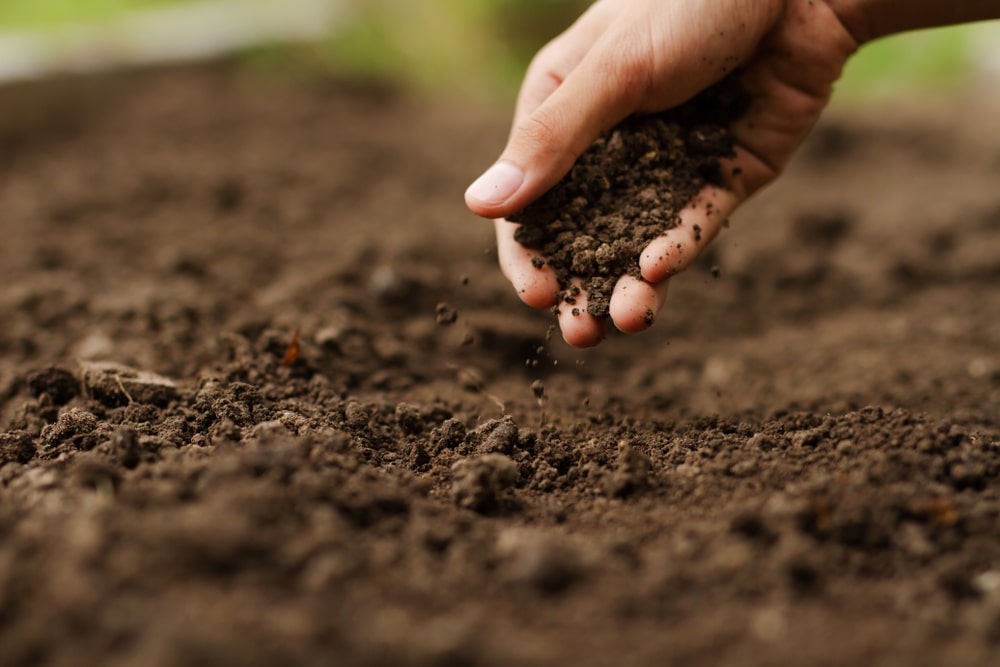Looking at the stalls selling fruits and vegetables, you will not be able to realize that the nutritional content inside them has been decreasing for the past 7 decades. Today’s meals are less nutritious than what our grandparents and parents used to absorb.
More and more scientific studies show that many fruits, vegetables, and grains are less nutritious than many years ago, when the amount of protein, calcium, phosphorus, iron, vitamin C, etc… has decreased markedly. This is more serious when the number of vegetarians is increasing day by day.

Vegetables today have a lower nutritional content than before.
Scientists believe the root of the problem lies in modern farming practices, which increase yields but damage soil quality. Irrigation, fertilization, and other farming techniques disrupt the interactions between plants and fungi in the soil, affecting the plants’ ability to absorb nutrients from the soil.
In the context of severe climate change and the increasing amount of carbon dioxide in the atmosphere, the nutritional content is decreasing day by day.
Experts assert that we should not because of this situation cut vegetables and grains from our daily meals. Essential foods are still an important element in maintaining individual health, the researchers just want the community to pay more attention to farming practices.
One of the most famous reports on this sad reality has been published since December 2004. Using nutritional data for two years, 1950 and 1999, the researchers found changes in 13 nutrients found in 43 types of plants still used as food.

They found a decrease in the levels of protein, calcium, and phosphorus, which are vital in the formation and maintenance of strong bones, in addition to the ability to maintain the functioning of the nervous system. In addition, levels of iron – an important nutrient in transporting oxygen around the body, and levels of riboflavin – an essential element in fat digestion and medicine, also decreased markedly. The amount of vitamin C in vegetables also suffers the same fate.
Many subsequent studies continue to strengthen the nutritional status of fruits and vegetables. Published in the research journal Foods in January 2022, the scientific report on the amount of iron in crops grown in Australia shows that nutrient levels have decreased. However, some other foods such as avocados and mushrooms increase the iron content.
Another study published in 2020 found that the protein in wheat, grown between 1955 and 2016, decreased by 23%. In addition, the amount of manganese, iron, zinc, and magnesium has also decreased.
The worrying daily numbers have a direct impact on the livestock industry, as livestock and poultry are also absorbing a lower level of nutrients than before. Gradually, the nutritional content of meat will also decrease.
The dilemma is made up of many reasons. First, modern farming methods, which are designed to increase yields, directly affect the nutrition in foods.

“Because nutrition focuses on increasing size and growth rate, plants cannot keep up with the rate of nutrient absorption or synthesis of nutrients.,” said researcher Donald R. Davis, who led the groundbreaking 2004 study. Large yields mean that nutrients in the soil are distributed to a larger number of plants, resulting in lower nutrient content in the finished product.
High yielding crops, which draw a lot of nutrients from the soil, more or less affect the relationship of plants and fungi in the soil. Thereby, the ability of plants to absorb nutrients is affected.
In addition, the level of carbon dioxide in the air is getting higher and higher, causing the nutritional content of food to decrease. Plants will synthesize more carbohydrates, draw less water from the soil, causing the amount of nutrients absorbed from the soil to continue to decrease.
It must be re-affirmed: vegetables, fruits and whole grains are still the top nutritious foods. However, the amount of nutrients we get from them is less than the amount our ancestors absorbed. If this trend continues, humanity may face the risk of malnutrition, the ability to fight diseases will be lower.
To increase nutrients in plants, we need to improve the soil
Sadly, the trend of decreasing nutrient content will continue. Predictive modeling based on carbon dioxide density shows that by 2050, the protein content of potatoes, rice, and wheat will decrease by 6-14%.
There is a proposed strategy, which is a farming method that improves the soil. The first thing to do is let the soil heal for as long as possible, and planting low vegetation, which helps prevent erosion and prevents weed growth, can continue to help the soil recover.

On the consumer side, we can diversify the amount of plants in the meal. “We’re not seeing a 50% drop in nutrients, so if you eat a lot of fruits and vegetables with a variety of colors, you’ll still maintain the required amount of nutrients.,” says Kristi Crowe-White, a registered dietitian at the University of Alabama.
“In general, we should eat more fruits, vegetables and whole grains to optimize the effect of food on the body. geomorphology professor, book co-author “What does your food eat?“, said Mr. David R. Montgomery. The variety of meals will help you have a better health.
Refer to NatGeo
